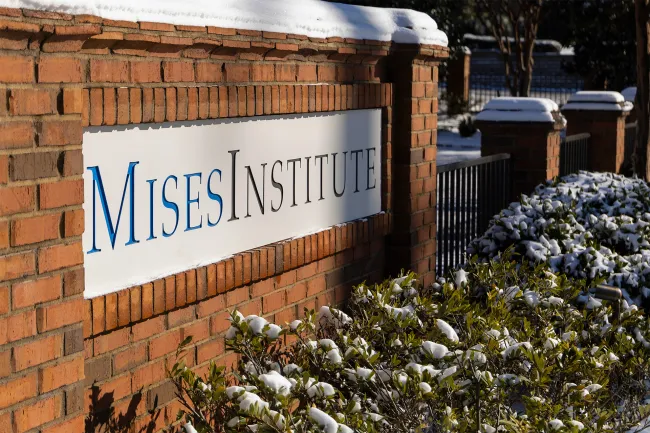Booms and Busts
Bail-Ins Go Global
G-20 nations rubber-stamp plans to have you bail out the too-big-to-fail banks.
Tiny Houses May Signal a Big Change
Tiny houses are a growing phenomenon as potential homeowners look to cut down on housing costs in the face of an economy rife with booms, busts, and spiking asset prices.
Euro Disaster Plans
The Netherlands and Germany have disaster plans for the Euro. Do you?
Federal Reserve Attacks the Gold Standard
A good sign for the future: Fed economist attacks the Gold Standard.
How Skyscrapers Can Indicate Economic Contraction
Interviewed by Mo Dawoud of the Wall St for Main St podcast, Mark Thornton explains his prediction of the housing bubble in 2004.
Skyscraper Curse Update
One World Trade Center recently opened in the wake of the October stock market seizure. Many more ultra skyscrapers will open in 2015 or will be under construction. What does this portend for economic bubble and the economy?
Time to Raise Rates?
Chris Casey: The Austrian Investor
5 Big Malinvestment from the Finanical Crisis of 2008
Malinvestments from the business cycle are usually hard to detect, easily concealed, or quickly converted to new uses.










